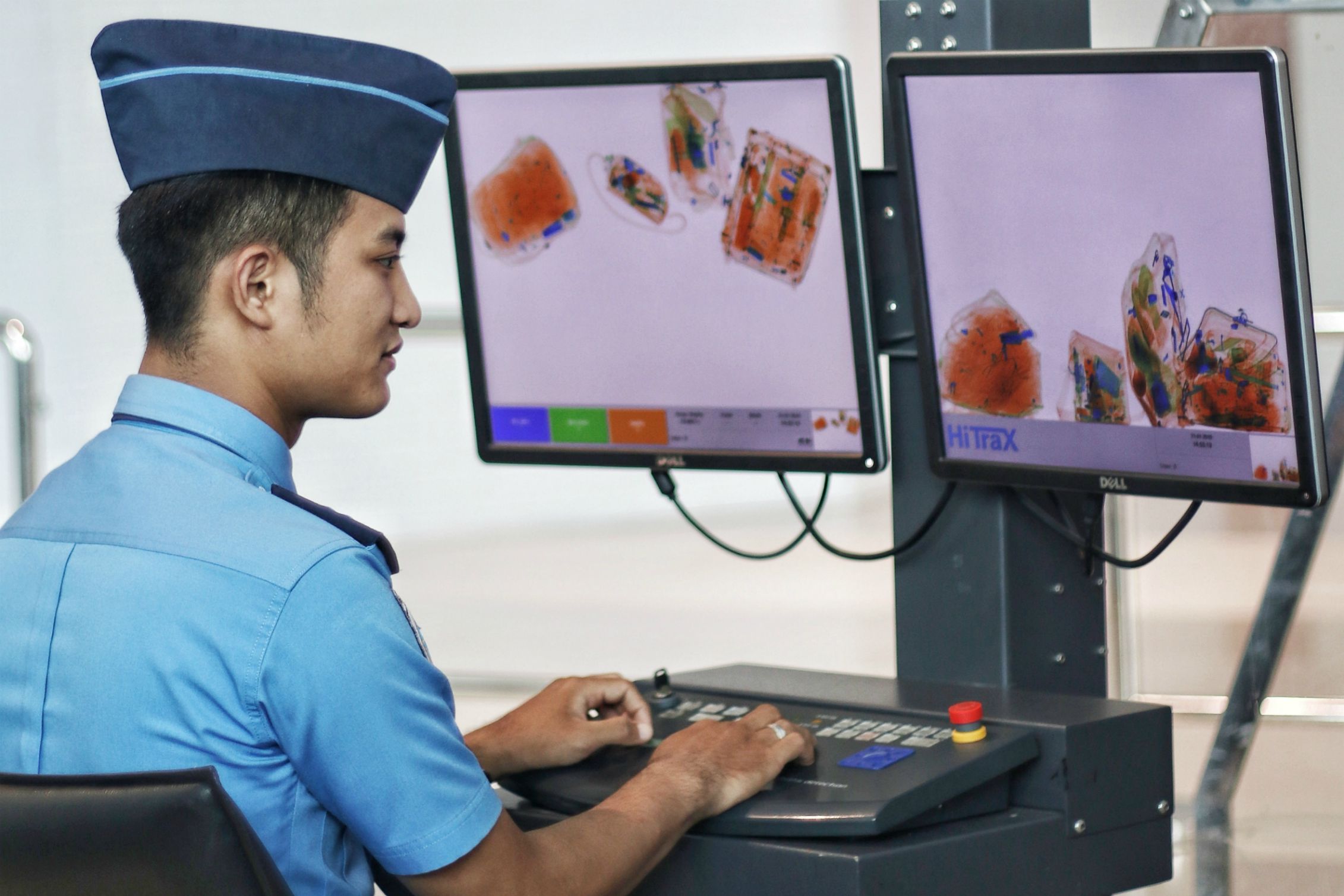Before deciding to travel using airplane transportation, it is important for airlines passengers to know and understand the baggage regulations set by the airport and airlines. Every item carried by airlines passenger is grouped into several categories, such as prohibited articles, articles that go into the checked baggage and are limited, and articles that are allowed to be brought to the cabin.
Items that are prohibited from being taken on board
These items are not allowed to enter, either in check-in baggage or cabin baggage. Items categorized as goods that are dangerous to the safety and security of passengers, including explosives (all types of grenades, detonators, axes, explosive devices), chemicals or toxic substances (arsenic, cyanide, insect repellent), easy solid objects burning (fireworks, firecrackers), flammable liquids (fuel, paint, thinner, methanol), pressurized gases (propane, butane, aerosols), radioactive material and corrosive materials (mercury, sulfuric acid, alkali).
Items that enter checked and restricted baggage
The luggage that you don't need during the flight, for example a large suitcase containing clothes, should be included in the checked baggage. Each airline provides an average of 20-30 kg of free luggage. If more than this amount, you are required to pay excess baggage fees, the amount is different for each airline.
In addition, there are also items that are rejected by the security forces but are allowed to enter into the checked baggage after being specifically registered with the check-in counter staff. These items, including knife-eyed or sharp-pointed objects, sporting goods and all types of firearms.
Items allowed to enter the cabin
Each passenger is allowed to carry one bag containing harmless items to be placed in cabin baggage and one small personal item outside the cabin, such as a handbag or wallet, pocket book, laptop, small camera or baby food.
While for cabin luggage in the form of liquid, aerosols and gels are allowed to enter the cabin with several conditions. Liquid, aerosols and gels are stored in containers with a volume of no more than 100 ml. The container must be put in a plastic bag and each passenger is only allowed to carry a plastic bag.
For more detailed information on the provisions of aircraft baggage, you can check directly on the official website of each airline.
https://www.youtube.com/watch?v=V5mrB7MU3w4&t=65s
PT. Angakasa Pura Solusi "Serving the Best"
 English
English




